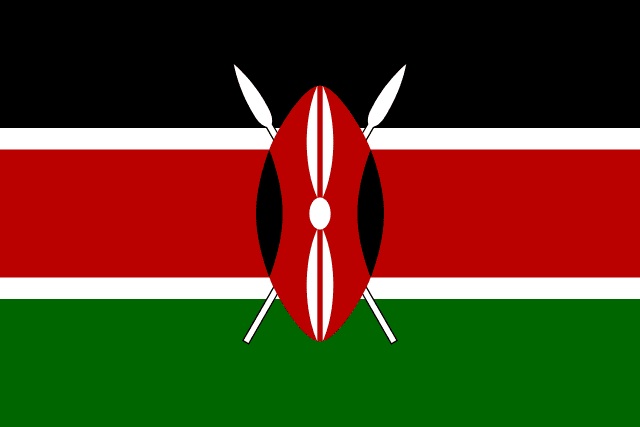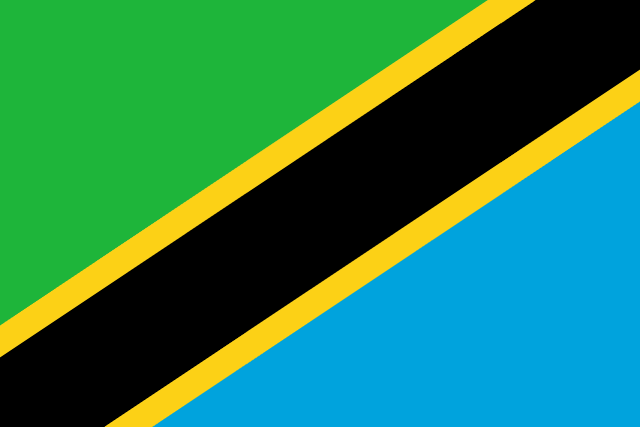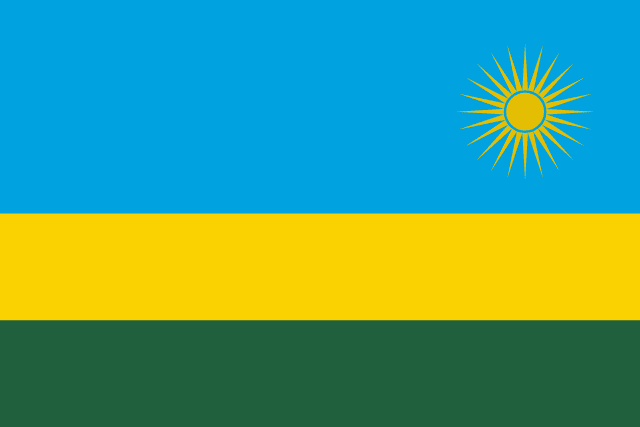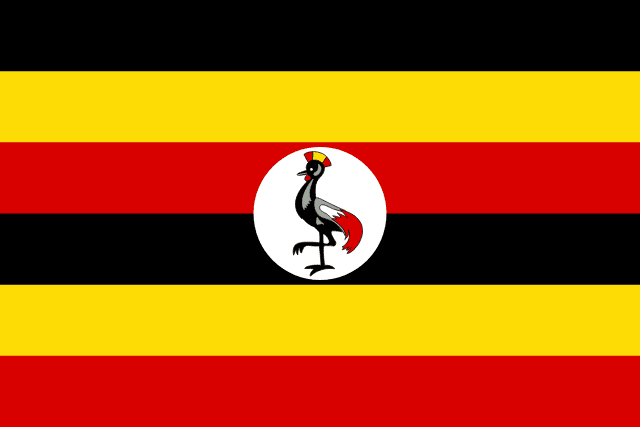Country Information
| Sovereign State | Yes |
| Country Codes | UG, UGA, 800 |
| Official Name | The Republic of Uganda |
| Continent | Africa |
| Capital | Kampala |
| Government Type | Presidential Republic |
| Currency | Ugandan Shilling (UGX) |
| Calling Code | +256 |
| Member Of | United Nations, African Union, East African Community |
| Population | Approximately 45 million |
| Total Area | 241,038 square kilometers |
| Highest Point | Margherita Peak on Mount Stanley (5,109 meters, 16,762 feet) |
| Lowest Point | Lake Albert (621 meters, 2,037 feet) |
| GDP Per Capita | USD 800 |
| Life Expectancy | Around 63 years |
| Internet TLD | .ug |
Uganda National Anthem
Oh Uganda, Land of Beauty
Oh Uganda! May God uphold thee,
We lay our future in thy hand.
Flags of Neighboring Countries





History of the Ugandan Flag
The Ugandan flag, adopted on October 9, 1962, symbolizes the country’s rich history and cultural heritage. Designed by Grace Ibingira, the flag was officially hoisted on the day Uganda gained independence from British colonial rule.
The flag consists of six equal horizontal stripes of black, yellow, and red, repeated twice. The black color represents the African people, yellow symbolizes the abundant sunshine Uganda enjoys, and red stands for the brotherhood and blood that binds all Africans as one people. At the center of the flag is a white circle, which houses a depiction of the Grey Crowned Crane, a national symbol and the national bird of Uganda.
The Grey Crowned Crane, also known as the Crested Crane, is revered in Ugandan culture for its gentle nature and was historically a motif on the colonial badge. The bird faces the flagpole and is shown with one leg raised, signifying the forward movement of the country.
The flag of Uganda underwent a significant transformation from the colonial era, where the British Union Jack dominated the design. The current flag reflects a break from colonial influence and emphasizes national unity, natural wealth, and the resilience of its people. Over the years, the Ugandan flag has become a symbol of pride and patriotism, reflecting Uganda’s journey from a colonial past to an independent future.

